Although they are easy to grow, fava beans seem to be forgotten by most home gardeners in the USA. However, it is quite loved and cherished in Europe and the Mediterranean basin. Here is a detailed guide on growing broad beans in Central Texas if you want to try something new.
What are broad beans?
Other names for broad beans are fava beans or hoarse beans and belong to the legume family. Farmers grow them for the market in the Mediterranean region, but gardeners grow them as cover crops in the USA.
Broad bean plants are bright green and can reach five feet in height. They grow during the cool season and start flowering around February. The flowers are pleasantly fragrant and attract a lot of pollinators. The pods are about three to five inches long, depending on the variety. The pod wall is thick with cotton-like inner padding holding the beans.
The beans are very similar to lima beans but slightly bigger. Most people consume the bean itself without the pod. In North Africa, fava beans are a mange-tout vegetable, especially when young and tender.
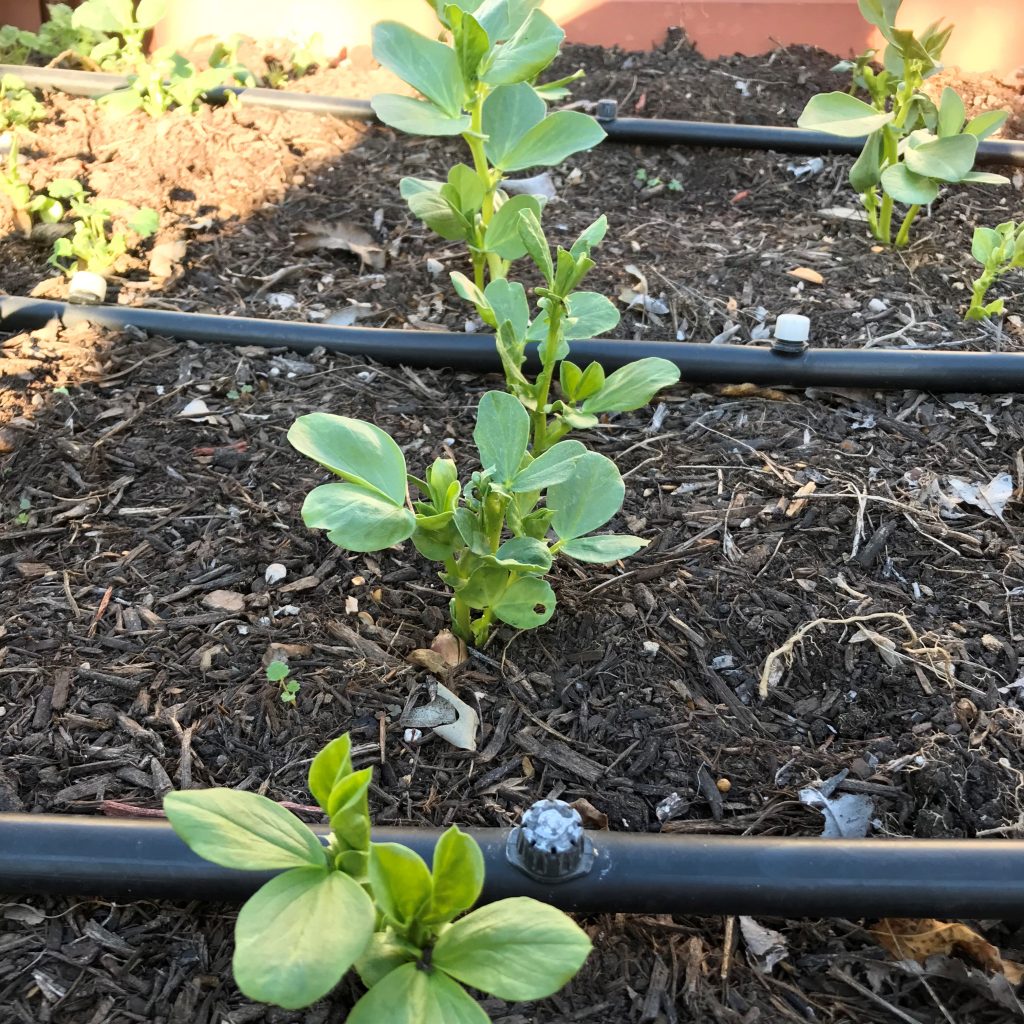
Nutritional value of broad beans
According to Healthline.com, broad beans are highly nutritious and have numerous health benefits. However, it may be an undervalued vegetable for the lack of its presence in the American kitchen.
Lizzie Streit, a Healthline nutrition expert, states that regular consumption of broad beans may prevent Parkinson’s disease, help prevent congenital disabilities, boost immunity, aid weight loss, and lower cholesterol levels and blood pressure. In addition, they are an excellent source of soluble fiber, protein, folate, manganese, copper, and micronutrients.
When to grow broad beans in Central Texas?
Broad beans are cool-season crops. They grow all winter for spring harvest. Therefore, plant them in early fall, October through November, or early winter, December through January. However, the best time for central Texas is early fall to get a significant production before the plants succumb to spring pests and diseases.
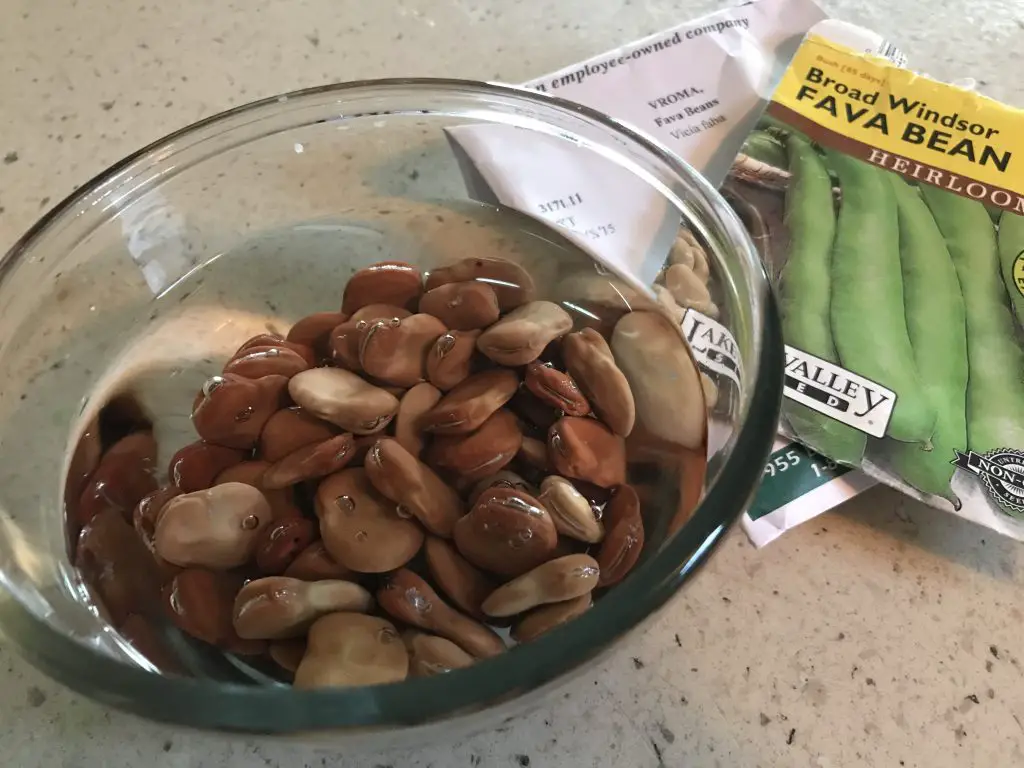
How to grow broad beans in central Texas?
Varieties to consider for Central Texas
For Central Texas, it is critical to choose a variety that is less susceptible to rust and black fly. Windsor and Vroma are two reliable varieties with great production and fewer issues.
Direct sow vs. seed starting
It is best to direct sow broad bean seeds in the ground; however, starting them in 3 or 4-inch pots presents no problem. The most important thing is to plant them out when temperatures are lower than 75F(25C) during the day and below 65F(16C) at night.
Starting seeds can have two advantages. First, it gives a head start if the hot season lingers through fall. Second, rodents usually dig up the beans, so having the seeds sprout in pots will spare the headache of dealing with them.
How to plant broad beans?
1- Seed starting in pots
- Soak the seeds in water overnight.
- Fill the containers with premoistened seed starting soil.
- Indent a hole as big as the bean and twice as deep.
- Place the seed with the lip facing up.
- Cover with soil and water.
- Keep the soil moist but not soaking wet to prevent rot.
- The seed should germinate within four days to a week.
- Transplant your seedlings into the ground when they reach two inches in height.
2- Direct sow broad beans
- Soak the seeds overnight.
- Insert holes in the planting area, 4- 6 inches apart. If planting in rows, make them 6-8 inches apart, and the seeds 4 inches apart.
- Push the seeds in the soil twice their size in depth.
- Cover with soil, then water generously.
- Protect your seeds from rodents by covering them with a mesh cover.

The best location to grow broad beans
Sunlight
The rule of thumb is that all flowering and fruiting plants need full sun exposure. That is a minimum of six hours of direct light. Fava beans, however, will grow almost anywhere.
It is possible to grow them in a minimum of four hours of direct sunlight, but they will be slow.
Soil
In general, there are no special soil requirements for growing legumes. It just needs to be well-draining to prevent seed and root rot. In addition, legumes are nitrogen fixers, so they do feed themselves. For this reason, they are also grown as a ground cover to give the soil some rest and replenish it once done producing.
Water
Since they are cool-season crops, broad beans can survive on the seasonal rainfall. But in case of a drought, supplemental watering is helpful. Constant moisture eliminates stress, and the plants will grow healthier and more robust. Provide additional water before the soil goes bone-dry.
Fertilizer
Like their legume cousins, Fava beans do not need extra fertilization. Feeding them may cause more problems.
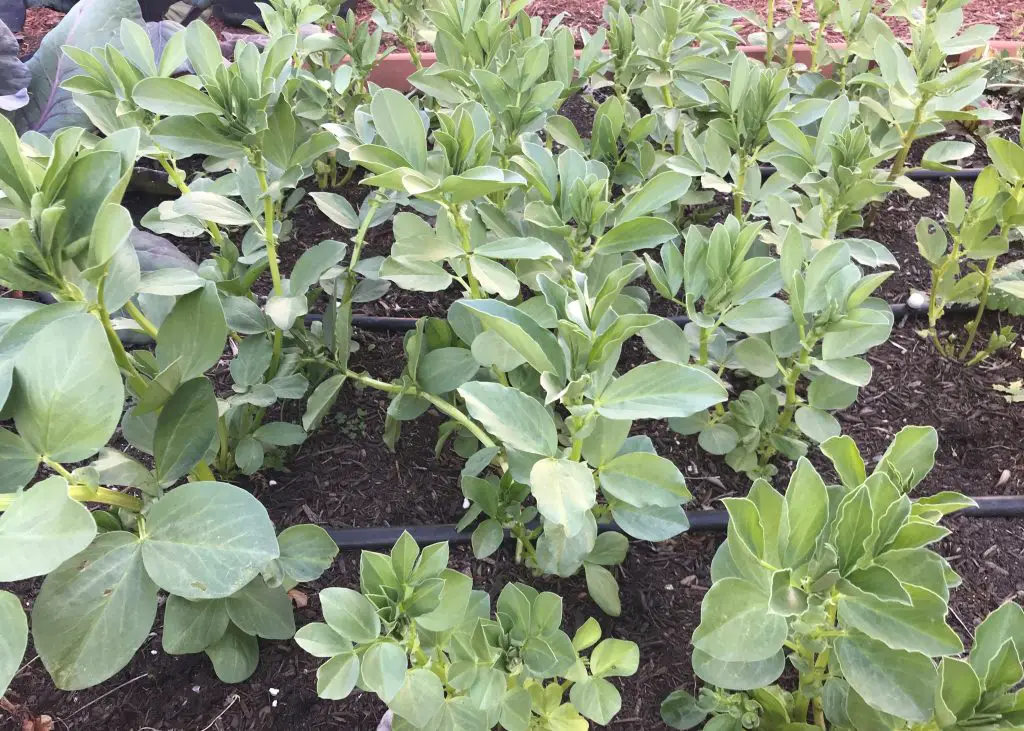
How do bean plants fix Nitrogen into the soil?
Legumes have a symbiotic relationship with certain soil bacteria. For example, the Rhizobia bacteria invade the legumes’ roots to feed on the nutrients and energy provided. In return, this bacteria fixes the Nitrogen found in the air for the plant to use.
The multiplication of bacteria causes nodules to form on the roots, where Nitrogen is stored, making it available to the plant to use during its growth. Extra Nitrogen is released only when the plants are dead and turned into the soil.
The only way for the soil to benefit from Nitrogen leftover from legume plants is by leaving their roots in the ground at the end of the season. Then, either chop down the plants and turn them into the soil or cut them at the base.
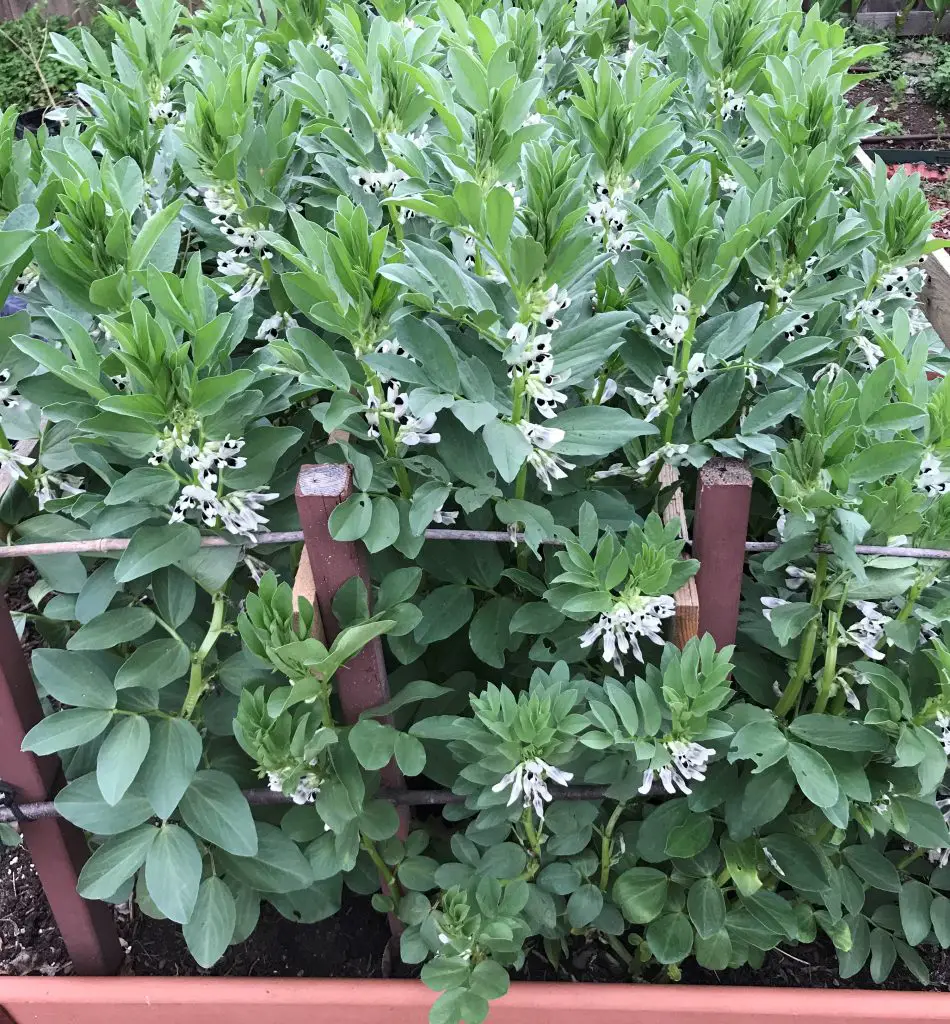
How long does it take for broad beans to set fruit?
Broad beans planted in early fall should start flowering around February. First blooms appear at the bottom of the plant, and then they start spreading through the top. The blooms last a day or two before falling and allowing the pod to form.
When is the broad bean ready for harvest?
There is no rule as to when to harvest broad beans. It all depends on personal preferences. It is best for those who eat the whole pod to harvest them young, for they are softer and less fibrous when cooked. On the other hand, those who consume the beans should allow them to swell and reach full size.
Do I need to protect broad beans from a freeze?
Broad beans withstand frost and freeze like a charm. Even if they get frost burn, they do recover nicely. If a blizzard is in the forecast or the freeze is expected to last more than a few days, you may protect them using a row cover.
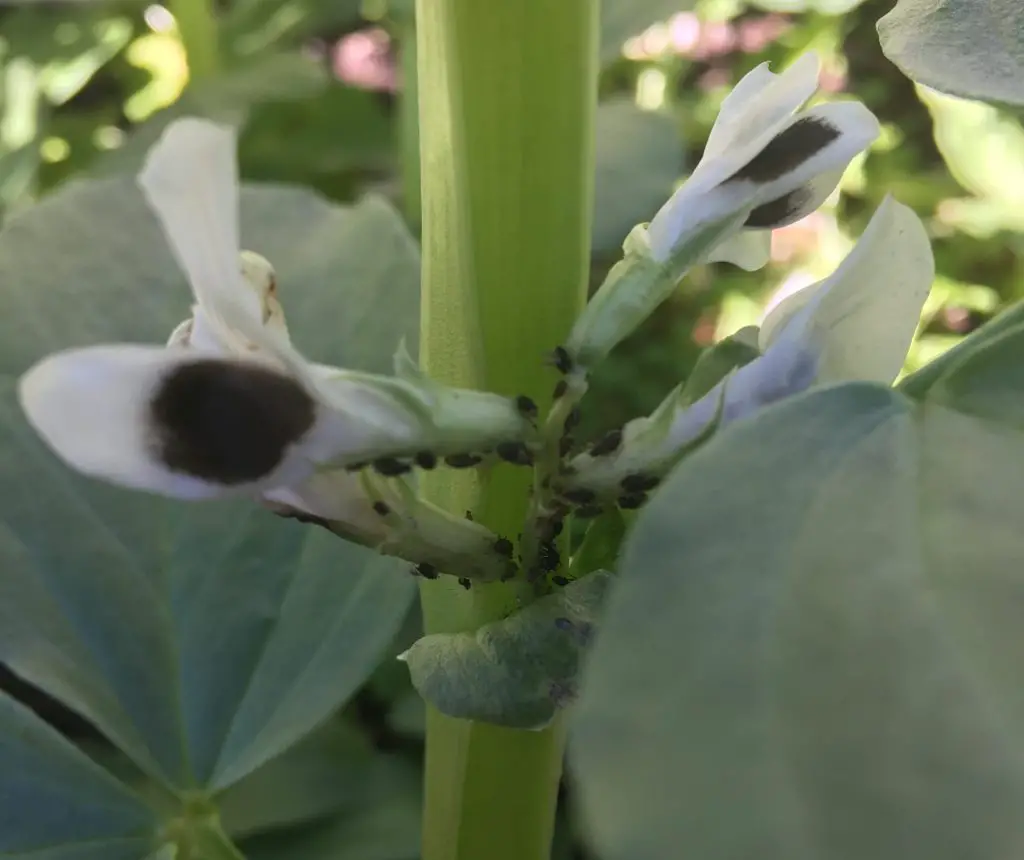
Broad bean pests and diseases
Black Flies
Black flies or aphids are the primary pests that attack broad beans. They congregate at the tips of the new growth. A bad infestation can hinder growth and reduce production. Here is how to deal with them:
- Plant in early fall to escape the heat of spring, which is the prime time for aphids infestations.
- Pinch off the tips as soon as you notice the black flies to prevent further spread.
Rust
Rust is a fungal disease that manifests in the form of reddish spots. It affects the stem, leaves, and pods of the bean plants. Unfortunately, there is not much to do except for good cultivation practices, such as crop rotation and discarding affected plants.
Fortunately, rust attacks broad beans at the end of the season. Try to harvest as many beans as you can before getting rid of the plant. Then, discard the plant or burn it to prevent further spread in the garden.
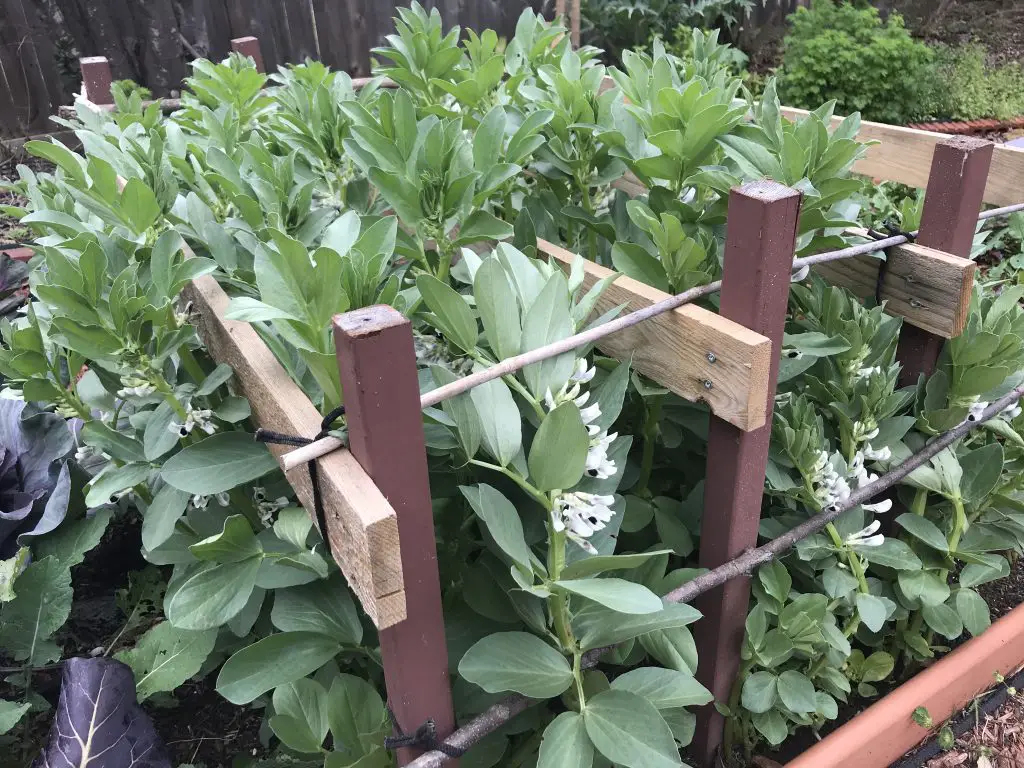
How to support broad beans?
Fava beans are soft-stemmed plants. They can get knocked over easily by wind and when loaded with pods. Therefore, it is best to provide some support early in their growth stage.
There are many ways to support broad beans. For example, some gardeners like to weave twine through the stems to hold them upright. This method is excellent when you plant broad beans in long rows.
In a home garden, planting broad beans in blocks is more efficient. A wooden frame made of reclaimed wood and bamboo canes supports the short rows.
Storing broad beans for the long term
Freezing broad beans
Freezing broad beans is the quickest way to preserve the extra harvest.
- Wash the beans well and drain well.
- Remove the strings if using the whole pod.
- Cut the pods into bite-size or remove the beans from the pods.
- Fill zip bags or food-saver bags with no more than a pound.
- Close it shut, trying to remove all air out.
- Lay the bags flat in the freezer to save space and quicker thawing.
Drying or dehydrating
Dried broad beans are common in North African and Middle Eastern cuisines.
- Leave the pods on the plant till fully or partially dried.
- Remove the beans from the pods.
- Continue the drying process by laying them on a tarp or rack.
- Allow to air dry completely.
- Store them in a glass jar or a cloth bag in a dry and dark place.
- You may put a dried hot pepper in the bag to deter bugs.

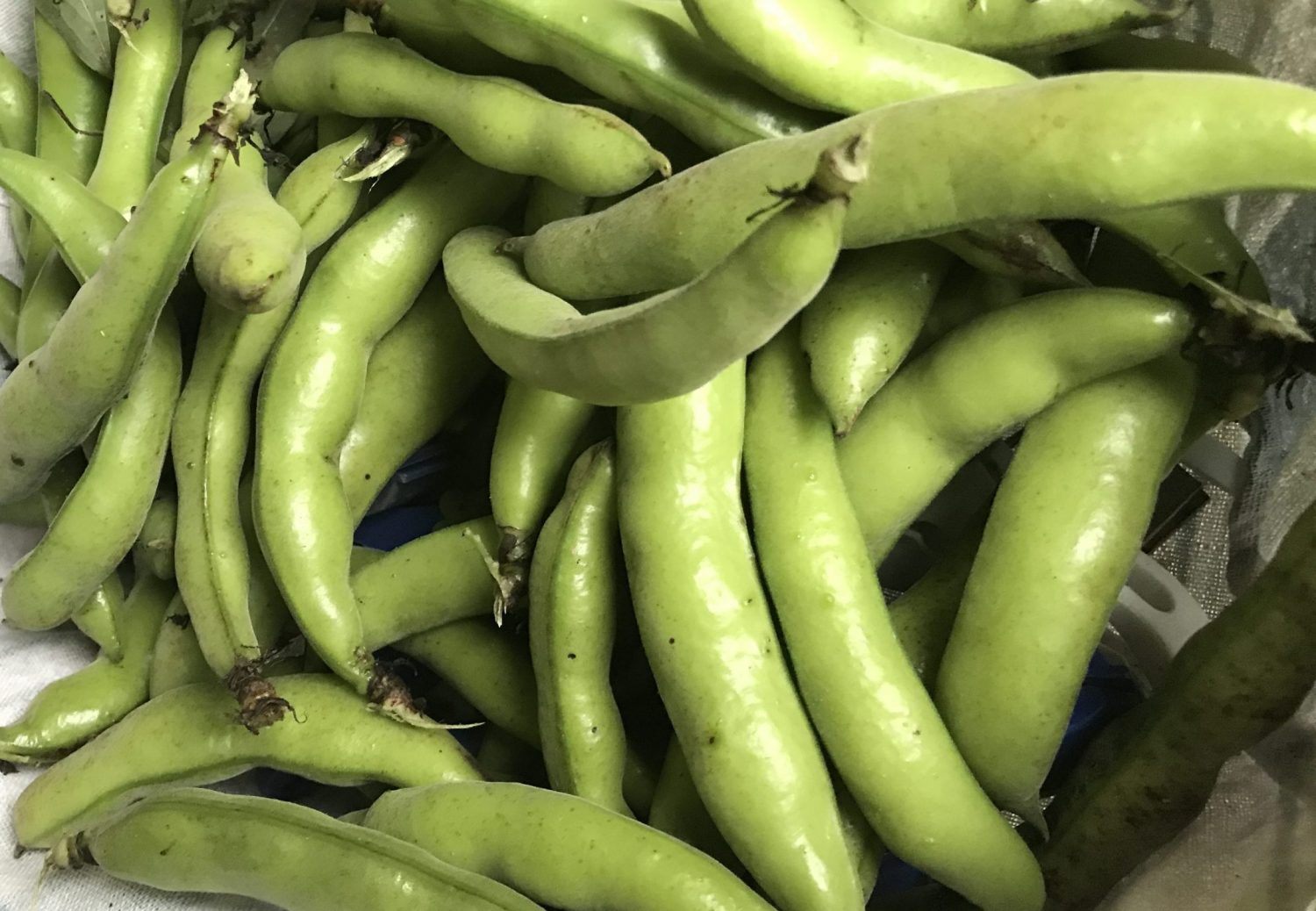
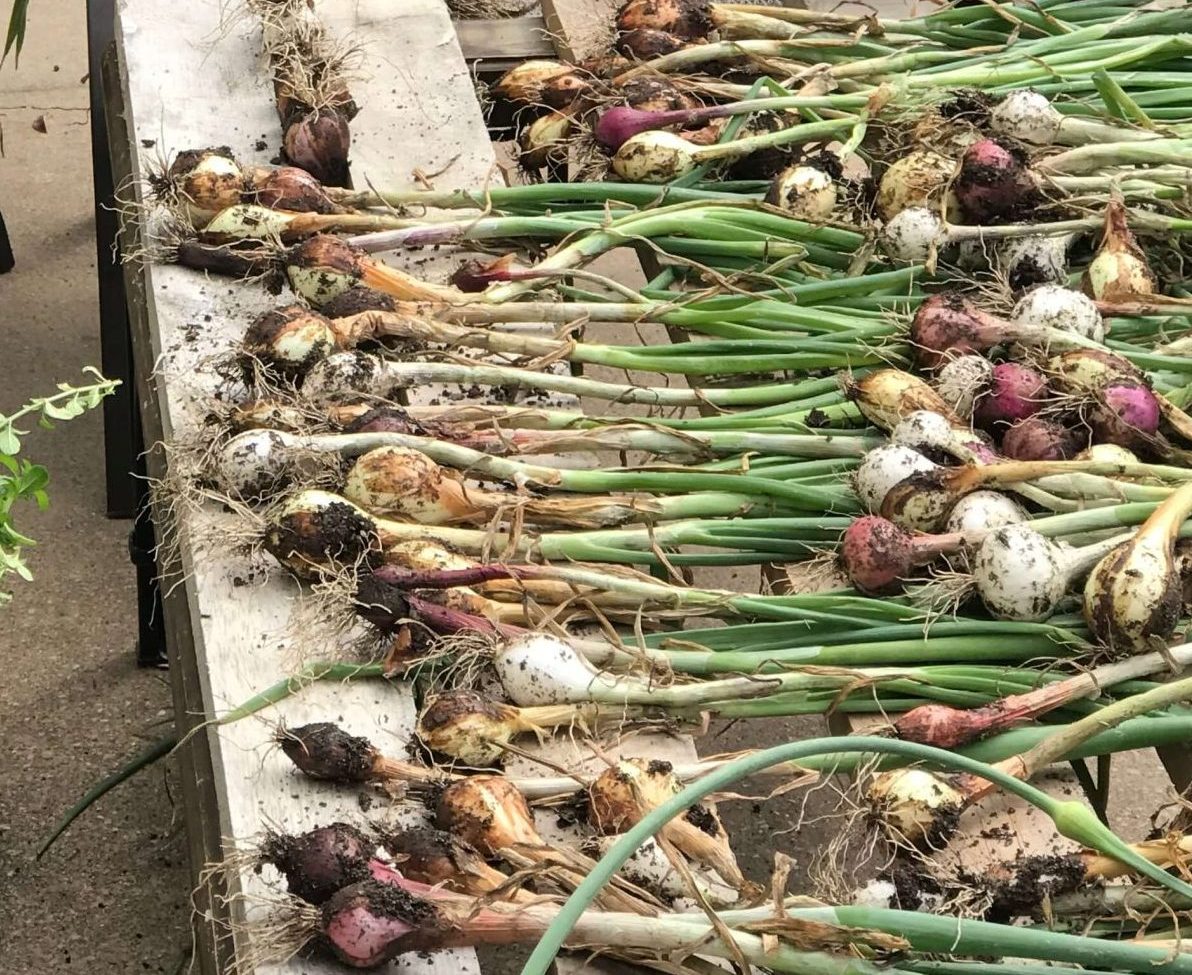
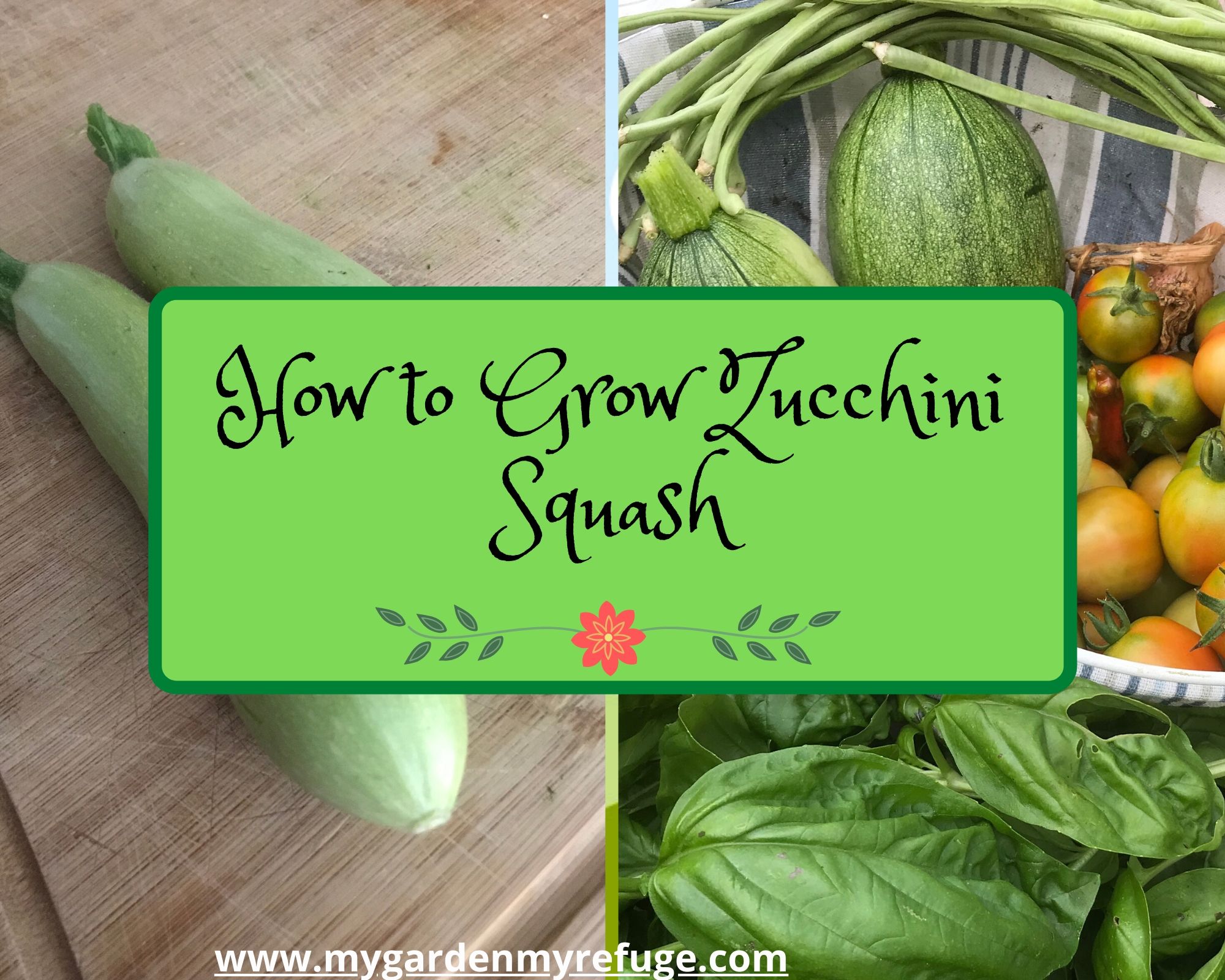
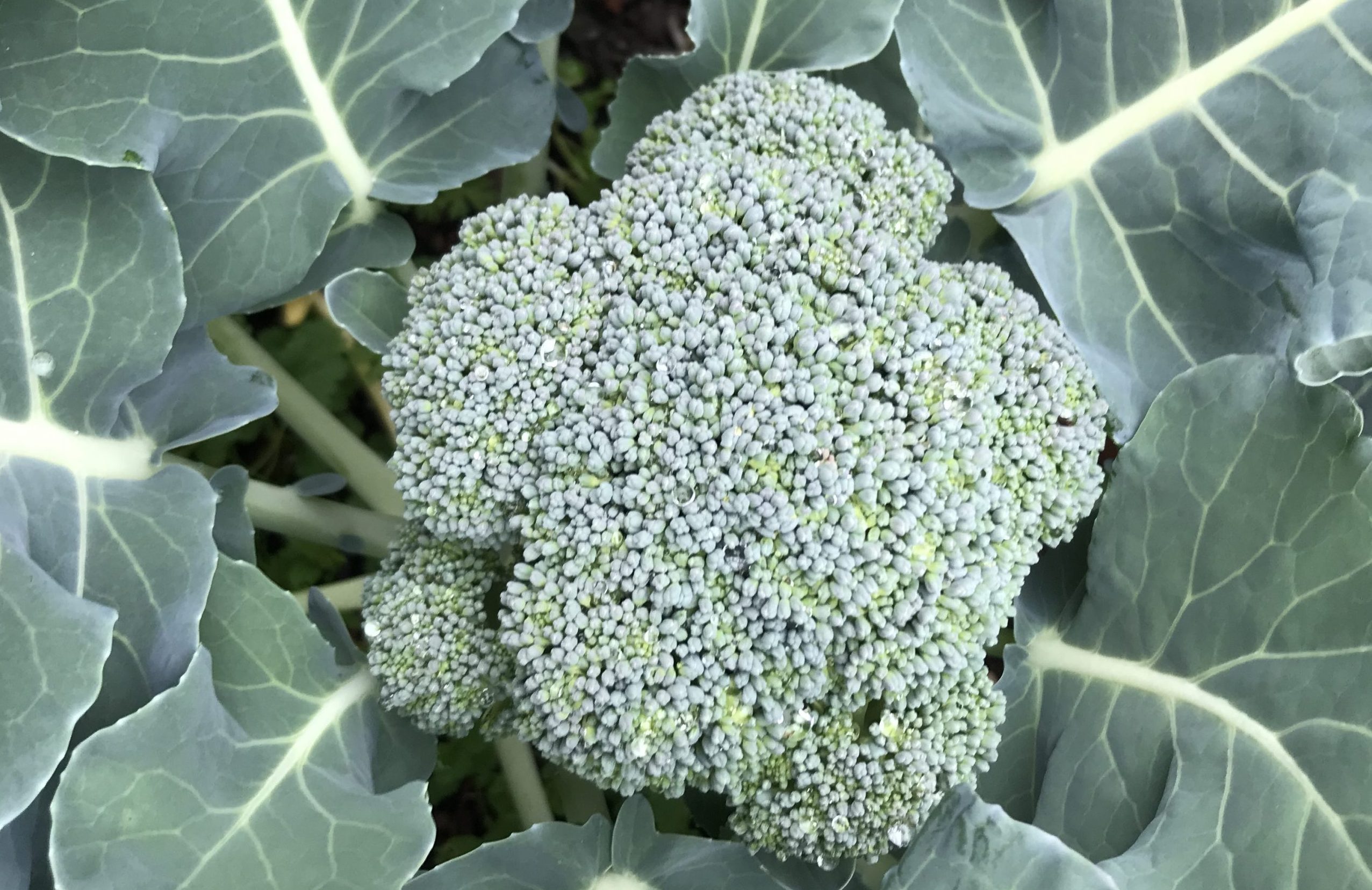
Thank you for devoting time to this fabulous bean! You are a GREAT resource for a new to TX gardener. Thanks again.
You are welcome. Thank you for coming by and taking the time to comment.